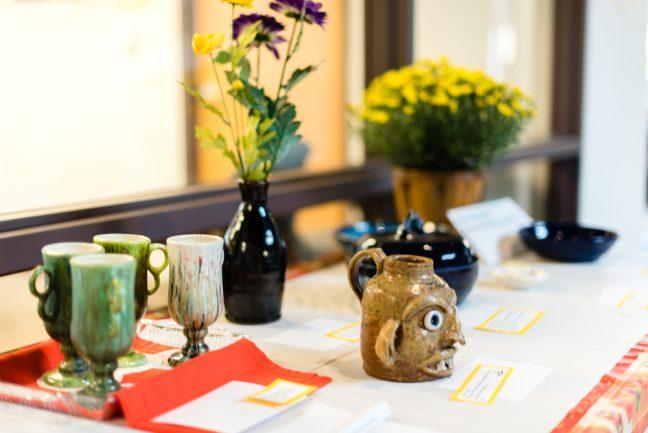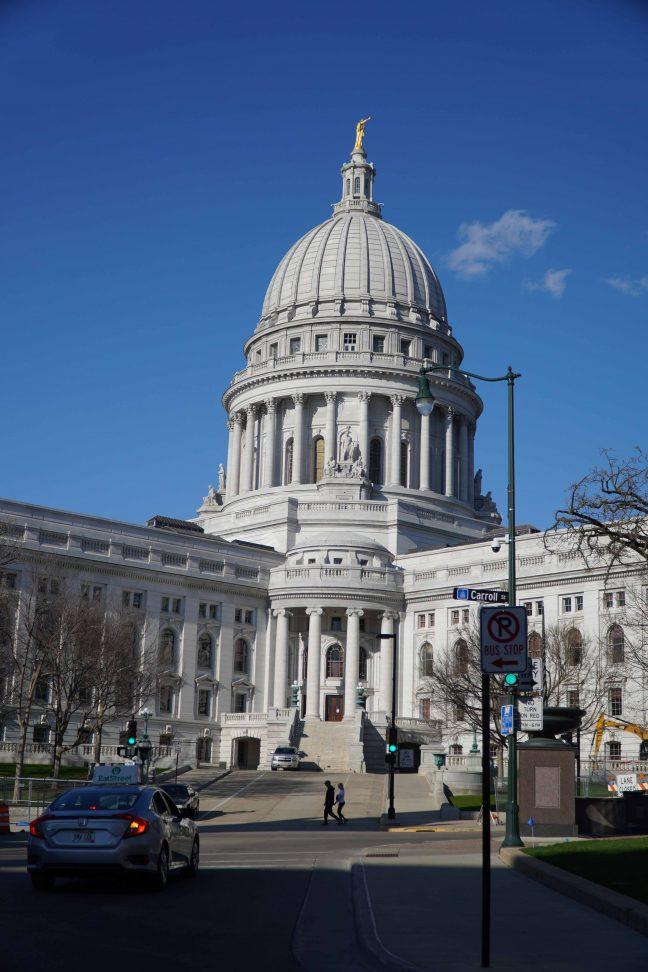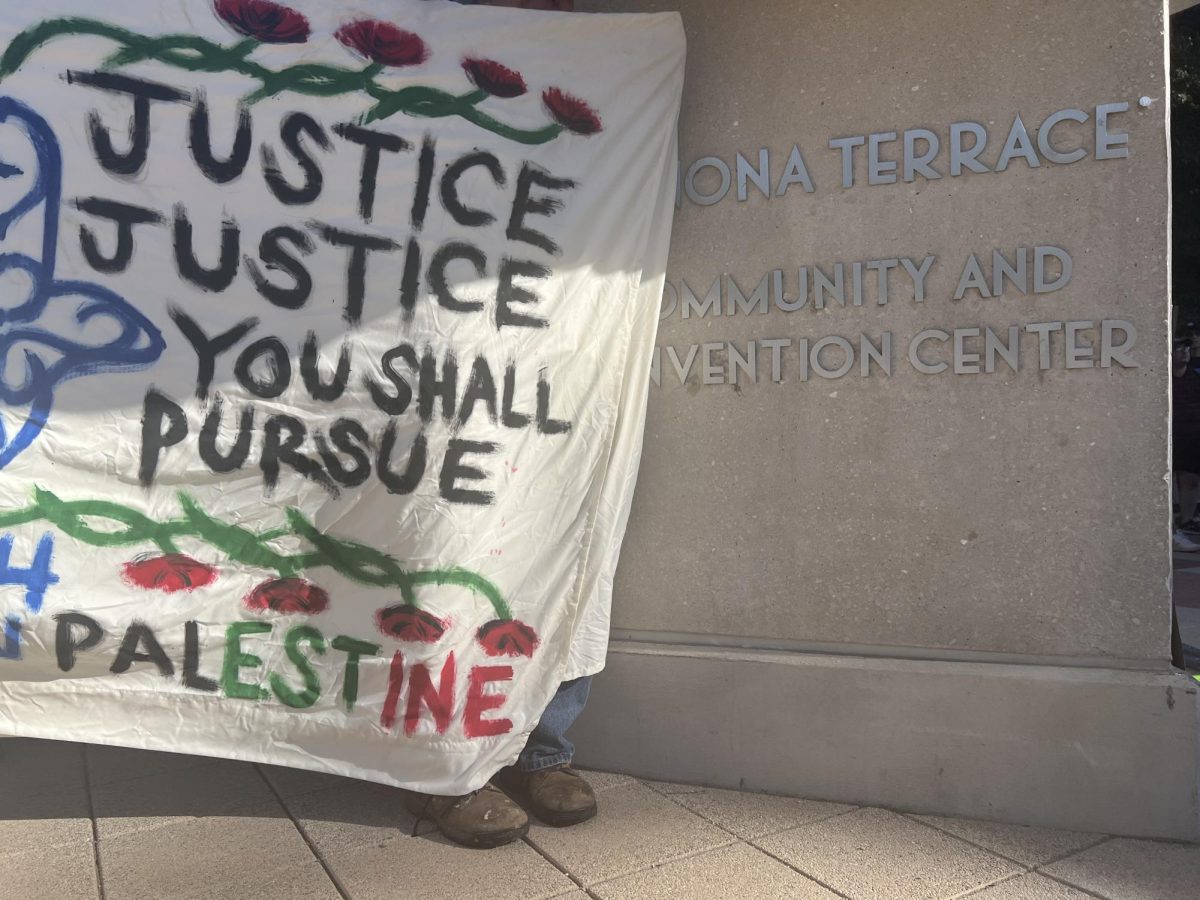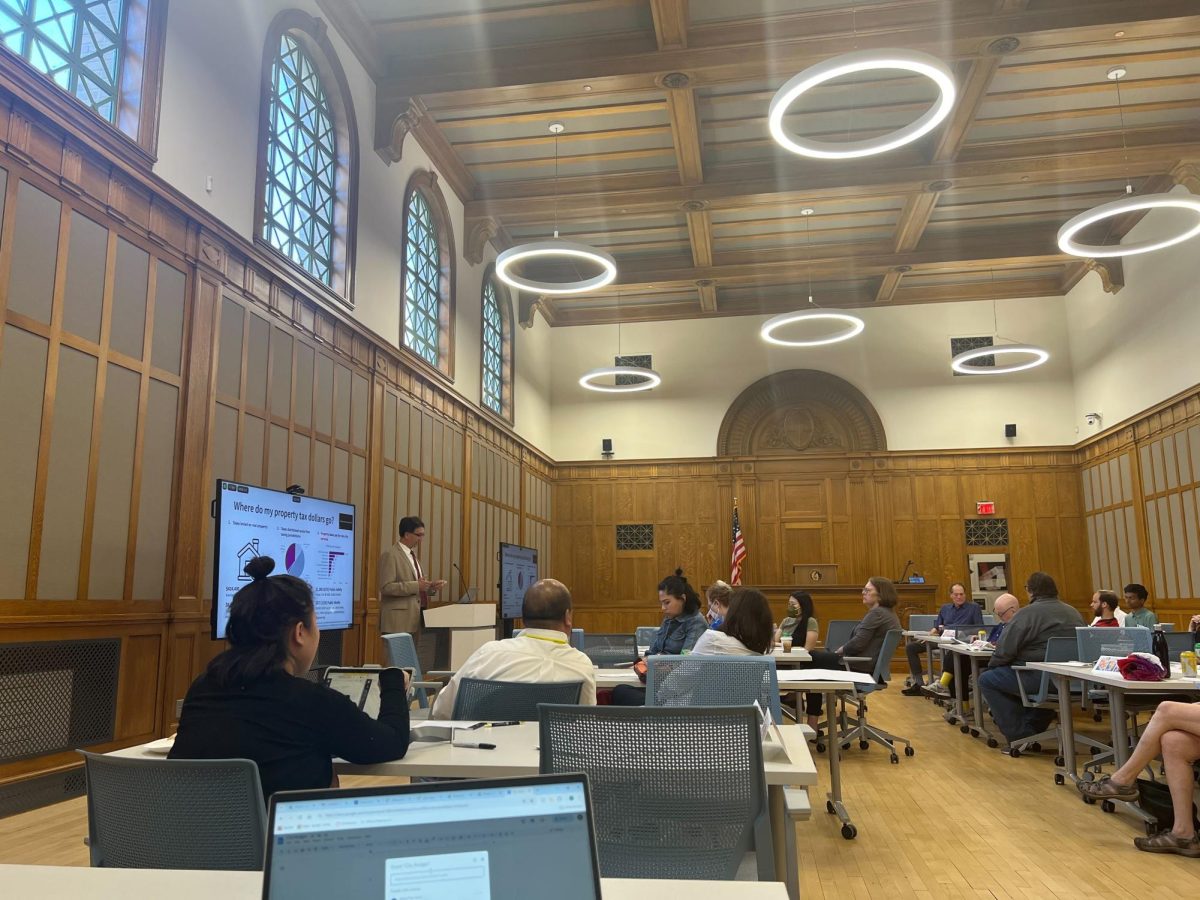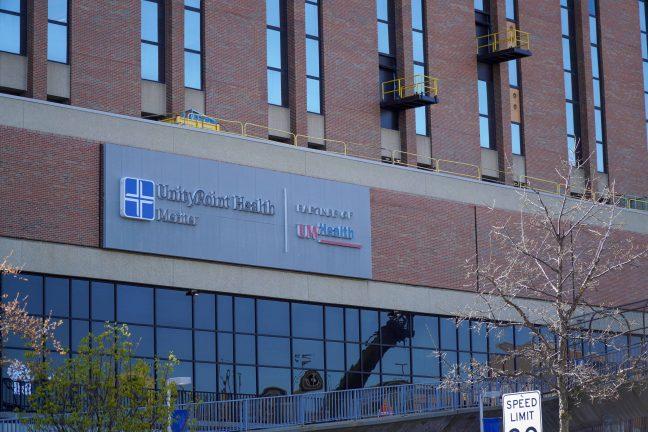A new gallery in Madison is giving a people with sight disabilities a platform to display and enjoy art.
The Wisconsin Council of the Blind and Visually Impaired’s annual art gallery is a show dedicated to art by and for those with visual impairment or blindness. Viewers are encouraged to touch the art and are given audio assistance as well.
The gallery has tables filled with little multicolored wooden birds sitting on wood log perches and intricate pieces of pottery with perfectly smoothed sides, all of which visitors can use touch to explore.
Along the walls there are photos and pieces of artwork mainly featuring nature. All of the art is created by those who have visual impairments.

According to the 2014 United States supplemental census, Wisconsin has around 103,991 people suffering from a vision disability.
Denise Jess, the executive director of the Wisconsin Council of the Blind and Visually Impaired, said the art gallery is something the organization does every year as a part of the Madison Museum of Contemporary Art’s Gallery Night. She said overall, exhibits dedicated to blind artists are fairly rare.
Jess said originally the gallery was created as a way for the seeing community to recognize the whole person instead of focusing on a visual impairment or blindness.
“Creating art can require creativity, ingenuity and requires the full person,” Jess said. “By sharing the art of people who are visually impaired we invite the public to pay attention to the person as a whole and not just a person with a disability.”
This year there are five artists. They included a woodworker from California and a Madison-area high school student.
UW ophthalmology team one of six awarded $12.4 million to reverse blindness
Chris Danielsen, the director of public relations for the National Federation of the Blind, said having art exhibits created by those with visual impairments allows those individuals to realize they can still participate in art.
He said it can often help raise their own expectations and ability to participate. There have always been some exhibits and competitions targeting blind artists, but it’s a relatively new area.
He said most of the challenges facing the blind and visually-impaired community are not their actual vision loss, but are related to low expectations from society.
“We’re told we cannot and should not do many things that we in fact can do with the proper techniques and training,” Danielsen said. “Blindness should not be a characteristic that defines an individual or his future, it should just be a characteristic that he or she learns to live with.”
Danielsen said one of the many challenges for the blind and visually impaired community is the stigma attached to being blind. He also said access to things that are in digital form can be difficult as well, but technology is improving.
He said allowing the general public engaged with art helps break down the stereotype that art is something blind people do not care about. Danielsen said with new technology, there can be tactical representations of classical work, so they can experience and understand art.
Jess said for the artists, it’s important for them to receive recognition for their contributions to the world. She said acknowledgment is vital for a sense of self.
Musical system bridges gap between blind and sighted musicians
For the sighted community, the exhibits demonstrate how art can become accessible to the blind through braille, audio interpretations and large print, Jess said.
“Accessibility can happen and it’s not a barrier to enjoyment to art,” Jess said. “It’s so important for the general community to experience and have direct interaction with these artists to help defy stereotypes that exist about people with visual disability.”
The exhibit runs through Nov. 18 at the offices of the Wisconsin Council of the Blind and Visually Impaired at 754 Williamson St.
A previous version of this article incorrectly spelled Denise Jess’s last name as Jeff. The Badger Herald regrets this error.








